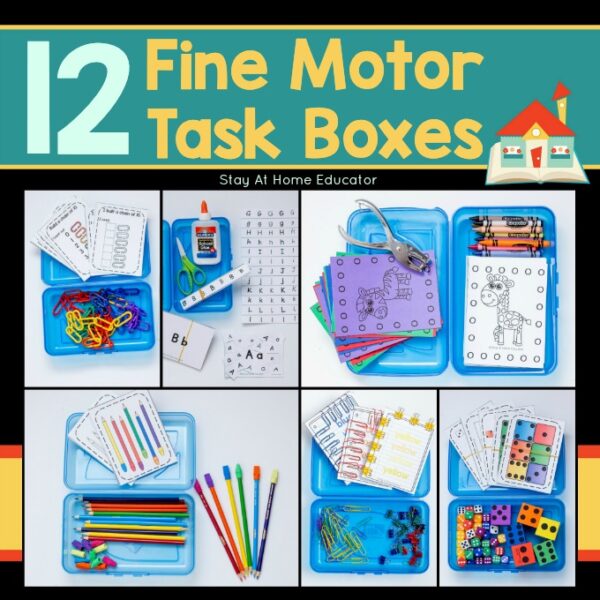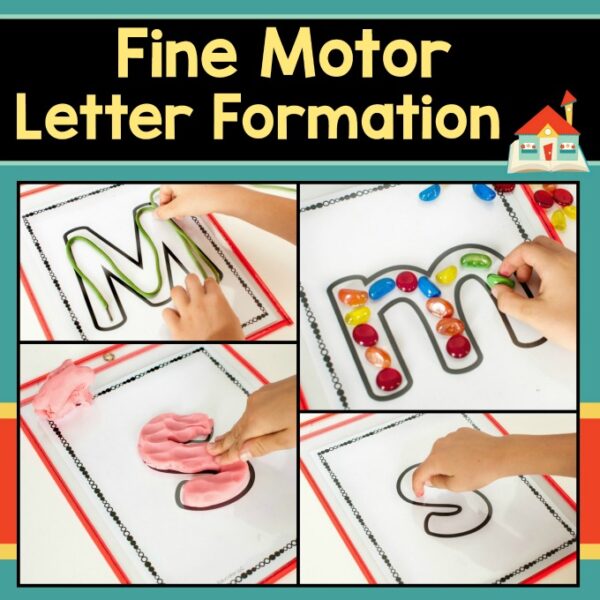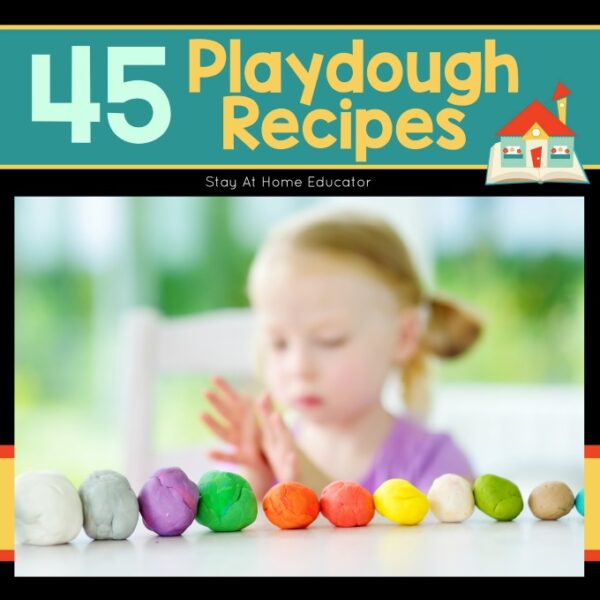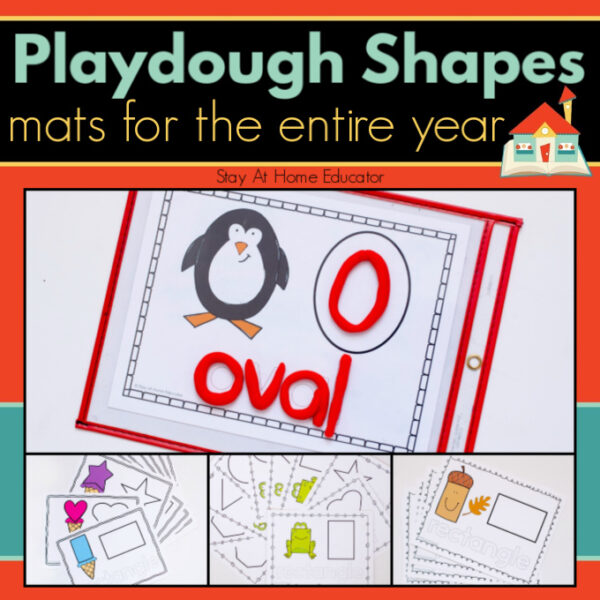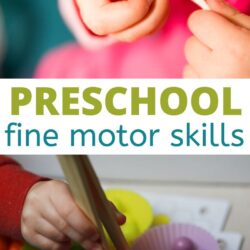Fine motor practice for preschoolers is the best way to help little hands develop and strengthen. Your little ones will need strong muscles for everyday tasks such as getting dressed, tying shoelaces, and learning to write. This ultimate guide to fine motor development will help you learn the what, why, and the how behind hand strength and its impact in preschool.
What You Need to Know About Fine Motor Development in Preschool
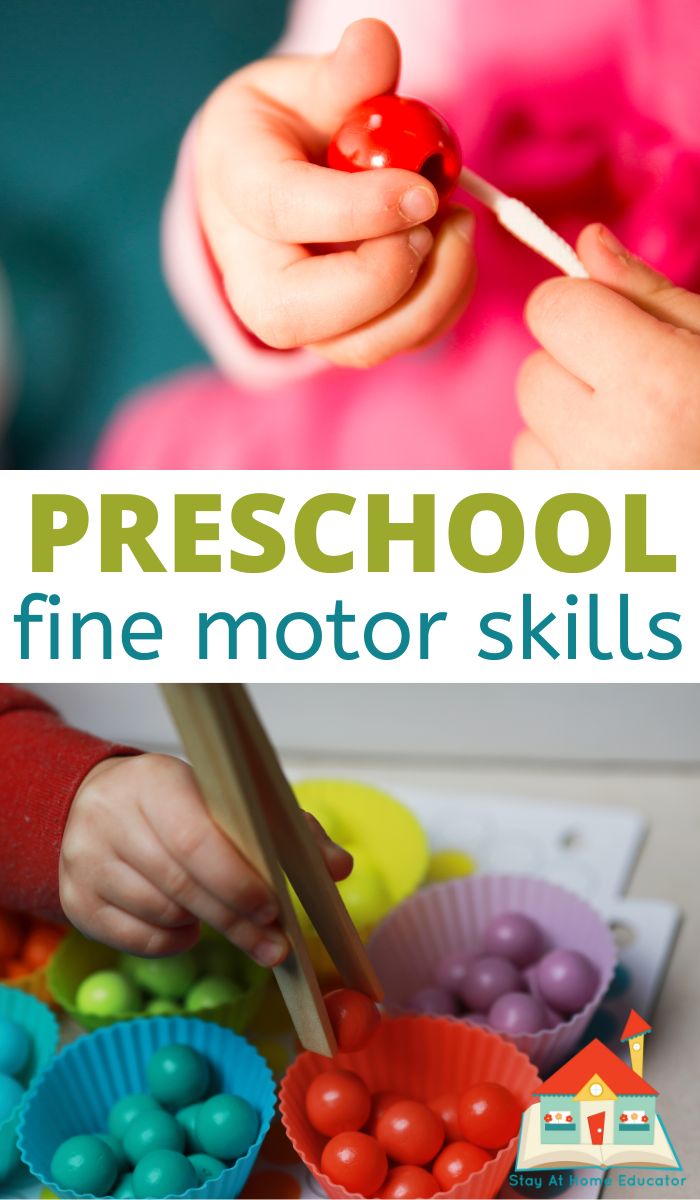
If you stop to think about it, our day is filled with mundane fine motor-related tasks that make simple daily life manageable. Brush your teeth, zip your jacket, tie your shoes, unlock and twist the door handle, and prepare food, you get the picture right? We use our hands to manipulate in so many ways, and when you stop and think, many preschoolers struggle with these exact skills. These fine motor skills make up a large percentage of daily life skills including writing, drawing, and self-help skills.
What are Fine Motor Skills?
The term ‘fine motor skills’ references the use of the small muscles in the hands, wrist, and fingers. Control over these muscle groups is essential to performing everyday tasks. Children typically go through four main stages as they develop:
According to “Developing fine motor skills” by Michelle Huffman and Callie Fortenberry, @ https://www.canr.msu.edu/news/strengthening_fine_motor_development_in_young_children
- Whole arm – Children work through activities that build and strengthen the muscles of their whole arm.
- Whole hand – Once the arm muscles are developed, children begin to practice control over their whole hands.
- Pincer – Whole hand development leads to pincer practice or movements that require children to coordinate and press the thumb and pointer finger together like picking up a small toy or a piece of food.
- Pincer coordination – With advanced fine motor muscles and coordination, children are now able to grasp writing utensils and begin writing. During this stage, they are able to use their thumb, index finger, and middle finger together to balance a pen, pencil, marker, or crayon.
Fine motor skills involve the use of small muscles in our hands, wrists, fingers, feet and toes. Fine motor skills involve the movements of small muscles that require your child’s brain to coordinate between the action and what they are seeing. Fine motor skills can impact things like holding a fork to eat or using a pencil to write.
Why is Strengthening Fine Motor Skills Important in Preschool?
For young children, fine motor skill development is extremely important. It is a skill that requires practice, practice, practice, and is essential to developing hand-eye coordination. Toddlers begin their fine motor journey as they develop the pincer grasp when they pick up the cereal on their high chairs with their thumb and index finger.
If a young child is unable to do everyday fine motor tasks like buttoning their pants, using utensils, or cutting with scissors, it can affect self-esteem and confidence, as well as, impact academic performance. Preschool fine motor skills develop over time with repetition, practice, and repeated exposure. As a preschool teacher or parent at home, it’s important to consider opportunities that allow children to exercise their hand muscles frequently.
How Do Preschoolers Develop Fine Motor Skills?
It’s easier than you might think! A large part of helping young children develop fine motor skills is time and practice. Ensuring that the child is working on solving his/her own daily tasks leads to children practicing without adult intervention. Below are some opportunities for children to practice and strengthen fine motor skills in day-to-day life.
- Opening a juice box straw and pushing it into the box
- Turns pages of a book
- Getting dressed and putting on shoes with velcro
- Open and close glue bottles independently
- Builds and re-builds block towers
- Uses fine motor type activities (such as Legos, puzzles, playdough, etc.)
In addition, utilizing fun and exciting activities that are play and interest-based is perfect for developing fine motor skills. Think play dough, sensory bins, pipe cleaner play, and pom-poms tweezed into an ice cube tray.

What Are Some Tips for Helping Build Fine Motor Skills?
When working with young children, the more fun and interesting the materials, the more buy-in you’ll have! Here are some great (and fun) fine motor activities for your preschoolers to enjoy!
Fun Fine Motor Activities
Playdough
Using play dough is one of the ultimate ways to help toddlers and preschoolers develop hand strength, hand-eye coordination, and confidence, plus it is so versatile and it’s always a kid favorite. Using playdough to roll, squish, flatten, stamp, and cut the soft and squishy dough provides tactile sensory stimulation. Playing with playdough also naturally strengthens the arches of the hands, making it a really versatile tool in the preschool classroom for fine motor development… Plus, making your own playdough is always lots of fun and very easy!
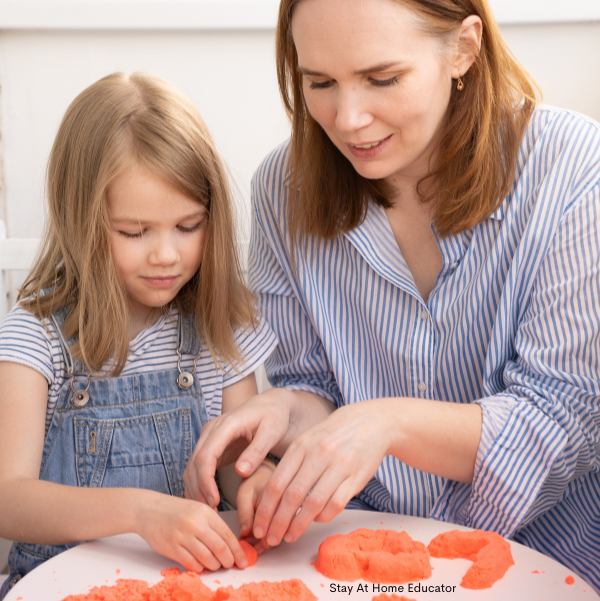
Puzzles
Puzzles are really the jack of all learning items! They promote spatial awareness, build perseverance, and also even build fine motor skills! Picking up and moving the pieces in different variations develops the pincer grasp. Begin with easier puzzles at first and then progressively work on up to more challenging ones, giving lots of encouragement along the way.
Click the pictures below of some of our favorite learning puzzles!
Scissors
Young kids absolutely love using scissors! Using scissors is a great way to strengthen fine motor skills as well as improve hand-eye coordination. It’s amazing what a piece of paper and a pair of scissors can do! A favorite activity in our preschool is scissor practice collage art. Fun and colorful and a great way to build hand strength! Note: remember to use age-appropriate scissors for toddlers and preschoolers.
Related
Sensory Bins
So many sensory activities naturally include a fine motor component. Wringing out sponges in water, scooping ladles of rainbow rice, rolling playdough into snakes or balls, using tweezers to pick up jingle bells, or packing cloud dough into cups, to name a few, all help children develop their fine motor skills as they play with sensory materials. Even offering children various art materials including paintbrushes, q-tips, and cotton balls can be a sensory and fine motor experience combined.
Art Activities
Fine motor preschool activities often include art in all forms. Whether it’s process art, drawing, coloring fingerpainting, or even chalk, these open-ended activities require coordination and focus. Squeezing the glue bottle and pinching the pom-pom to add to the picture all build up the pincer grasp. Plus, these art activities often use paintbrushes or drawing utensils which help create a proper pencil grasp.
Related
Journaling
Believe it or not, journaling in preschool is developmentally appropriate! Now we are not talking about forcing pencil/paper worksheet-type activities but rather a fun take on using paper and art supplies to utilize peeling stickers, connecting lines, free-drawing, and other fun ways to be creative. Check out how we use fine motor journals in our classroom.
Fine Motor Tools and Toys
Manipulatives can be very helpful when building hand and finger strength with preschoolers! Here are some of the things we have on ‘hand’ regularly in our classroom to promote interest and offer play-based fine motor experiences.
Free Fine Motor Activities for Preschoolers

I’m Sarah, an educator turned stay-at-home-mama of five! I’m the owner and creator of Stay At Home Educator, a website about intentional teaching and purposeful learning in the early childhood years. I’ve taught a range of levels, from preschool to college and a little bit of everything in between. Right now my focus is teaching my children and running a preschool from my home. Credentials include: Bachelors in Art, Masters in Curriculum and Instruction.
